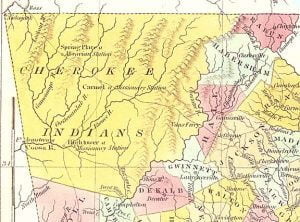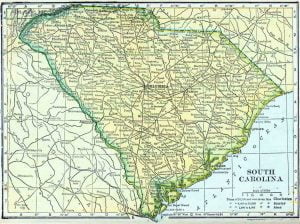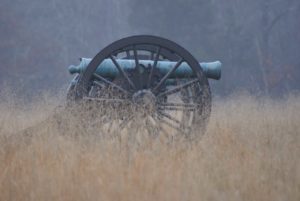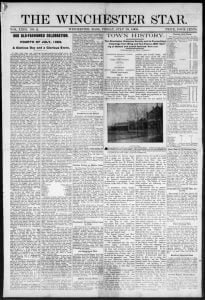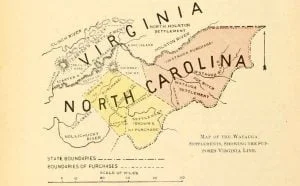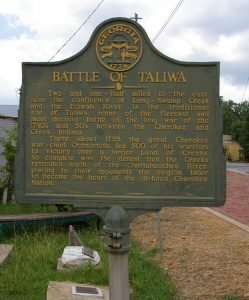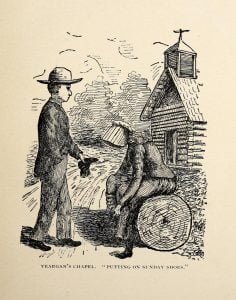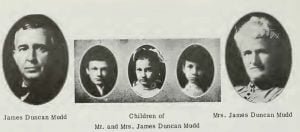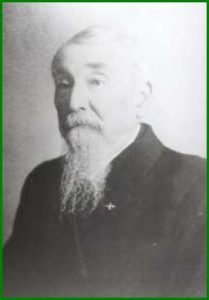Cherokee Muster Rolls, 1835 – 1838
The Cherokee Muster Rolls of 1835-1838 document the forced relocation of the Cherokee people during the Trail of Tears. These rolls list families who were moved west, including those who left voluntarily, were rounded up by military forces, or migrated under Cherokee leadership. They offer crucial genealogical information for descendants of Cherokee individuals from the southeastern U.S., particularly those connected to the Cherokee Nation and the Eastern Band. These records, like the 1835 Henderson Roll and various muster rolls, are important for researchers tracking Cherokee ancestry during this difficult chapter in American history.

